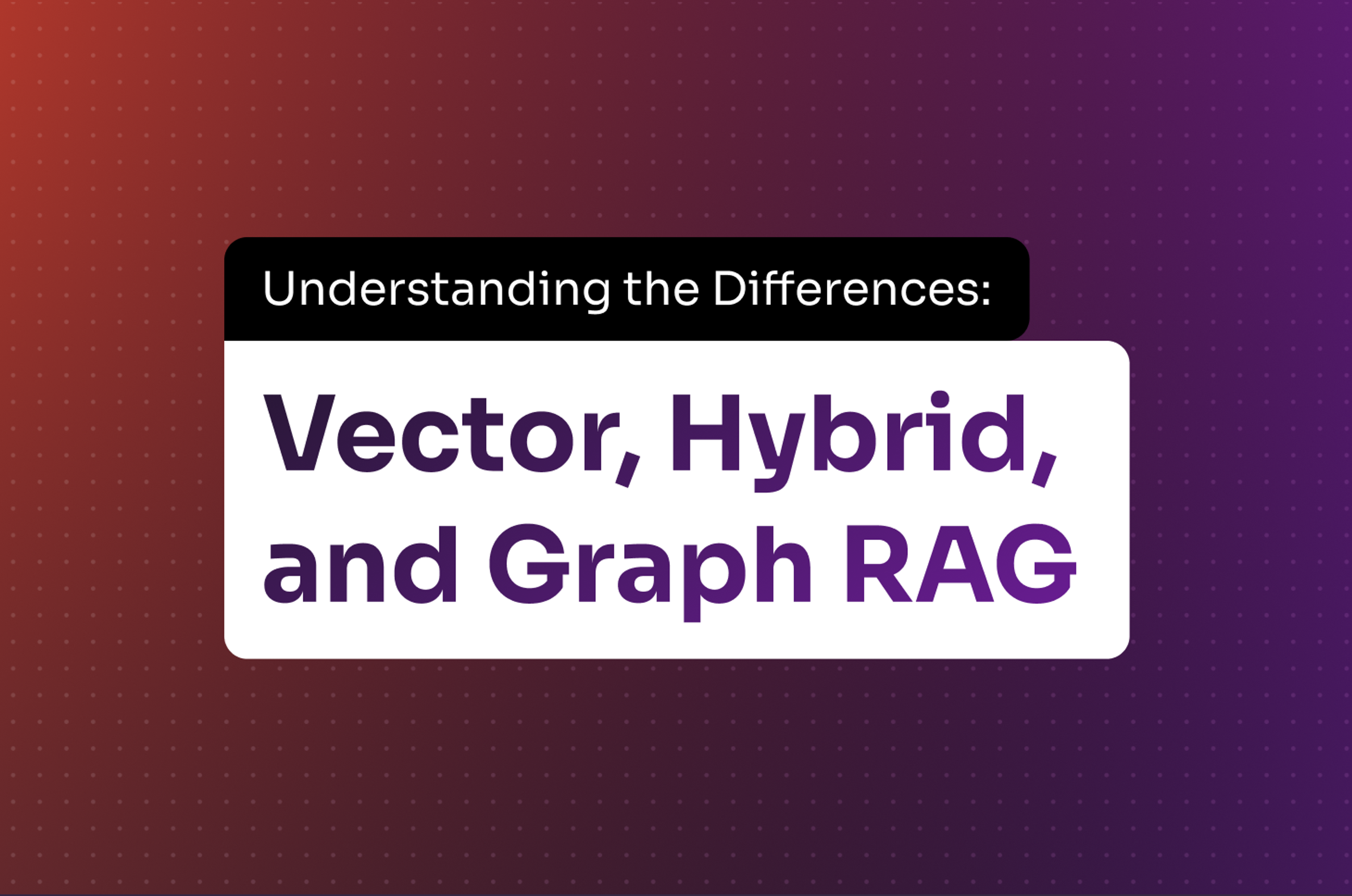If you’ve ever walked into a furniture store without a specific purchase in mind, you’ve likely wandered through carefully arranged showrooms that display a variety of furniture styles. The store is designed to provide a broad selection, but it doesn’t know exactly what you need.
That’s where a salesperson comes in. By asking the right questions, they refine your options, filtering out irrelevant pieces and guiding you to the best fit—just like a reranker in an AI search system.
In enterprise search, retrieval-augmented generation (RAG) systems use vector search to quickly find the most semantically similar documents. However, basic retrieval often lacks precision. This is where rerankers come into play: they reorder search results based on deeper contextual understanding, significantly improving search relevance without requiring a full system rebuild.
What are rerankers?
Rerankers are specialized models that refine search results by re-scoring them based on query-document relevance. They operate as part of a two-stage retrieval process:
-
First-stage retrieval - A vector database (e.g., Astra DB) performs similarity search, retrieving the top k results.
-
Reranking - A model re-evaluates the retrieved documents, assigning higher scores to the most contextually relevant results.
This approach enhances precision, filtering out noise and ensuring AI-powered applications return the most relevant information.
Types of rerankers
There are three primary categories of rerankers:
1. Lightweight rescoring methods
These include BM25 (statistical ranking), Gradient Boosted Decision Trees (GBDTs), and lightweight neural networks. These methods are fast and interpretable, often used when latency is a major concern.
2. Bi-encoders (vector search)
Bi-encoders generate fixed-length embeddings for queries and documents separately. They efficiently retrieve results, but since they don’t consider query-document relationships directly, they sometimes return superficially similar but imprecise results.
3. Cross-encoders (deep Llarning rerankers)
Cross-encoders take both the query and document together, processing them through a transformer model like BERT. This allows them to capture token-level interactions and better understand query intent, leading to higher precision. However, they are computationally expensive and require more processing power.
Note: It’s worth mentioning ColBERT, which functions as a hybrid between all three categories. Unlike cross-encoders, ColBERT maintains an ANN index. Unlike bi-encoders, it generates token-wise, contextualized embeddings for each token in each document. Like lightweight methods, it is cheaper than cross-encoders and not computationally prohibitive. A late interaction step (ColBERT stands for Contextualized late interaction over BERT), wherein each query token finds the document token with maximum similarity (MaxSim) to determine the final ranking after ANN retrieval. This late interaction method is the same that inspired ColPali.
The below table summarizes the key aspects of the methods discussed.
| Method | Pros | Cons | Best use case |
| BM25 + ANN score | Fast, simple hybrid search | Fixed weights may not generalize | Cost-effective reranking |
| Gradient boosted trees (GBDTs) | Strong ranking power | Requires feature engineering | Common enterprise search reranking |
| Neural lightweight rerankers | Captures complex patterns | Higher compute cost | When feature interactions matter |
| Cross-encoders | Highest-ranking precision | Expensive, re-encodes each query-document pair | Maximum accuracy for top-k results |
Rerankers versus embedding models: When to use each
| Feature | Embedding models (vector search) | Rerankers (cross-encoders) |
| Speed | Very fast, precomputed retrieval | Slower, evaluates each result dynamically |
| Scalability | Handles large datasets efficiently | Higher cost for large-scale reranking |
| Accuracy | Good recall, sometimes imprecise | Higher precision, better query relevance |
| Best for | Broad initial retrieval | Refining top-k search results |
Embedding models excel at scaling retrieval across billions of documents, while rerankers optimize final rankings for higher accuracy. Using both improves search effectiveness without sacrificing efficiency.
Why rerankers matter in AI search
Many AI search failures stem from inadequate retrieval precision. Rerankers solve common problems such as:
- Handling nuanced queries - Searching “Who wrote Hamlet?” should prioritize results mentioning William Shakespeare, not just any document that includes “Hamlet.”
- Context-aware recommendations - A reranker personalizes results based on user history or preferences.
- Hybrid search (keyword + semantic matching) - Improves retrieval by combining exact term matching with semantic understanding.
Benchmarks show that adding a reranker can improve search accuracy by over 10%, making them a crucial component of high-precision AI search pipelines.
Use cases for rerankers
Without rerankers, AI search can return results that are technically correct but contextually irrelevant. By adding a reranker layer, enterprises can ensure higher accuracy, reduce hallucinations in RAG pipelines and improve user experience through smarter recommendations
Here are some examples:
| Use case | Problem | Solution |
| Personalized search & recommendations | A customer searches “best phone for photography,” but results don’t consider user preferences or past purchases. | A reranker prioritizes relevant product attributes (e.g., camera quality), improving personalization by factoring in user history or metadata. |
| Hybrid search (keyword + semantic matching) | In an enterprise knowledge base, a search for “latest compliance policy” retrieves documents mentioning compliance, but not the latest version. | A hybrid reranker combines vector similarity with keyword matching, ensuring the most recent and relevant policies appear first. |
| E-commerce & product search | A retail website search for “Nike running shoes” surfaces sneakers in general, missing key details like brand and activity type. | A reranker boosts brand-specific results while factoring in product metadata (e.g., running vs. casual sneakers). |
| Content moderation & search filtering | A news aggregation AI retrieves articles on “political debates,” but ranks irrelevant opinion pieces higher than factual sources. | A reranker prioritizes authoritative sources, filtering out low-quality or off-topic results. |
A powerful way to improve accuracy
Rerankers provide a powerful yet practical way to improve search accuracy without requiring a full system rebuild. By integrating rerankers into two-stage retrieval pipelines, teams can:
- Improve search precision while maintaining fast response times.
- Balance performance vs. computational cost effectively.
- Solve real-world search and recommendation challenges in enterprise applications.
For AI-powered search systems that require both speed and relevance, rerankers are the next evolution in retrieval. In an upcoming blog post, we’ll cover the many considerations for using re-rankers in production.
Meanwhile, learn more about a variety of ingredients that are critical to AI accuracy and relevance on our Accuracy Week page.




